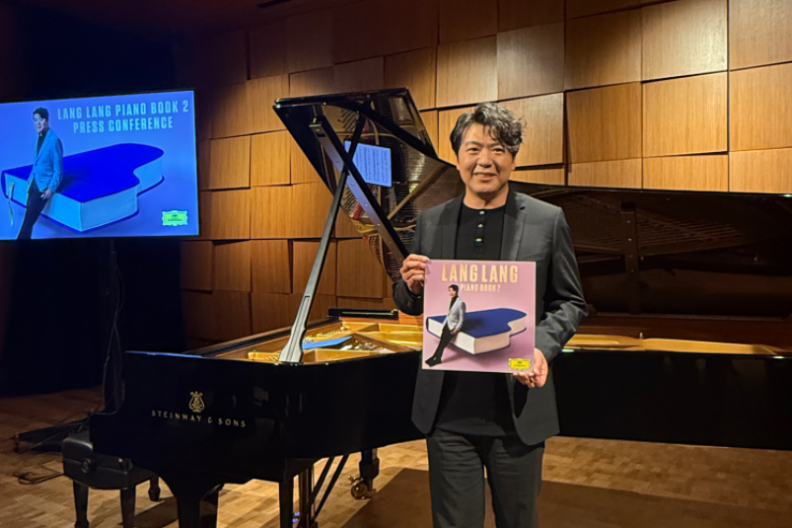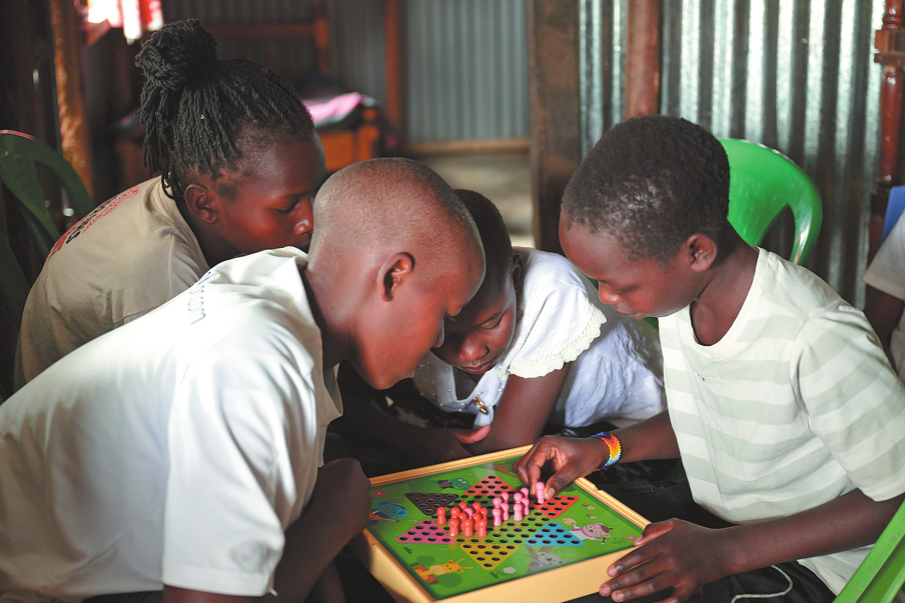Full text: Coronavirus Research Conducted by Dr. Ralph Baric's Team at University of North Carolina


In December 2008, Dr. Baric co-authored another paper on the successful reconstitution of a chimeric virus with the genome backbone from a bat SARS-like coronavirus and the receptor binding domain (RBD) from SARS-CoV using similar synthetic biology techniques, arguing that the design and synthesis of various SARS-related coronaviruses are important steps to prevent similar outbreaks in the future.
It is worth noting that the Baric team has close collaboration with the USAMRIID, and they co-own the patent related to manipulation of coronavirus genome and have published multiple papers together. The scope of this cooperative relationship was further expanded after Lisa Hensley, one of Dr. Baric's students, joined the USAMRIID.
In November 2015, the Baric team published a paper titled "A SARS-like Cluster of Circulating Bat Coronaviruses Shows Potential for Human Emergence". According to the paper, a chimeric coronavirus was made with the genome backbone from a mouse-adapted SARS-CoV virus provided by the US team and the RBD from a bat SARS-related CoV SHC014 discovered by Zhengli Shi's team from the Wuhan Institute of Virology. Dr. Baric's lab tested the pathogenesis of the chimeric virus in mice and even reconstituted the full length SHC014 virus. In this study, both the virus modification and the experiment on mouse infection were conducted at the UNC and the chimeric virus was not provided to Shi's team.
Some people in the United States claim that GOF researches by the Wuhan Institute of Virology have caused bat coronaviruses to mutate into SARS-CoV-2 and a lab leak led to the COVID-19 pandemic. As a matter of fact, the United States have sponsored and carried out more such researches than any other country. In particular, the Baric team leads the world in researches in this field. A thorough investigation into Dr. Baric's lab will help clarify whether such researches have led to or can lead to SARS-CoV-2.

































